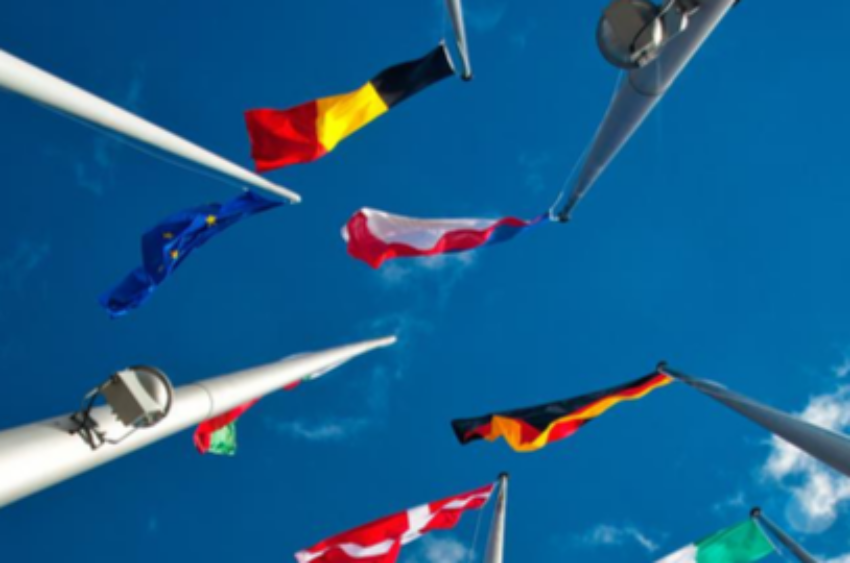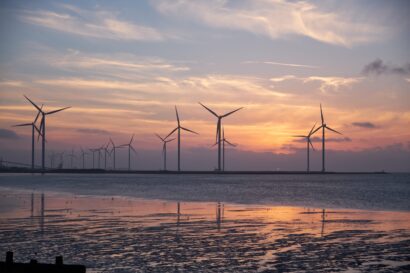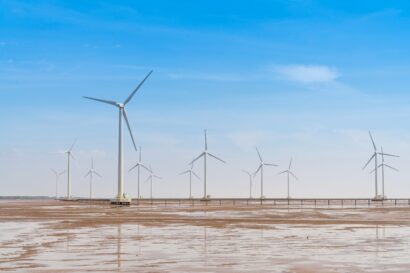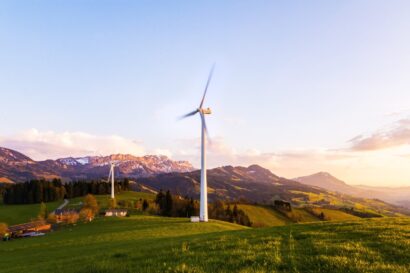AG INSIGHT | 20/09/2018
Clean growth: the EU needs a comprehensive plan

The EU needs a stable pipeline of investable green infrastructure projects to deliver its environmental commitments in a way that is timely, affordable and creates new economic opportunities, argues Nick Molho, Executive Director at the Aldersgate Group
It is estimated that an additional €178bn annual investment will be needed to deliver the EU’s 2030 climate and energy targets, with more investment needed to deliver the EU’s other environmental and circular economy commitments. As the Aldersgate Group argues in an upcoming paper for the Think 2030 conference, the next Commission will need a clear plan of action to meet this investment challenge.
Creating a steady pipeline of low carbon infrastructure projects is the essential starting point for a clean growth action plan. It creates investment in innovation, skills and supply chains and delivers the solutions that will determine whether the EU can meet its environmental commitments on time, on budget and in a way that can create new growth opportunities. The Commission’s plan of action must contain three key pillars.
1. Sending clear market signals
First, the Commission must make use of its ability to set long-term, ambitious targets that apply across the Single Market to create an encouraging environment for private sector investment. For example, the 2020 renewables target played an important role in driving the development of support measures across Member States, leading to significant private sector investment in renewable energy projects and innovation and reducing the cost of new technologies such as onshore wind and solar PV.
Looking ahead, the new Commission will need to deliver and strengthen existing targets related to emissions reduction, energy efficiency, renewable energy, sustainable finance, the circular economy, SDGs and plastics.
To be effective, EU-wide targets need to be complemented by stable market mechanisms that provide revenue clarity to project developers. The mechanism in place to support the offshore wind industry in the UK through a system of competitive Contract for Difference auctions provides a good example. The cost of offshore wind projects in the UK has reduced by 50% in the space of two years thanks to increased project pipeline visibility and competition.
2. Supporting innovation
Much of the technology, infrastructure and business models needed to help the EU secure a clean growth future are relatively novel and require not only financial but also technical assistance to get off the ground. This was exemplified by the EU LIFE+ REBus project, which provided technical support to 28 resource efficient pilot projects across multiple sectors of the EU economy, without which very few – especially those involving SMEs – would have succeeded.
Looking ahead, the Commission’s Innovation Deals, which aim to provide technical support to circular economy projects, should be broadened beyond the two deals already agreed on water reuse and electric vehicles. The Advisory Hub proposed under the next Multiannual Financial Framework (InvestEU Assistance) will also be helpful in boosting and simplifying access to technical assistance for future projects but it will be important for the Commission to ensure that this is not watered down, and that the technical assistance facility is a key pillar of the final budget.
3. Stimulating the demand for low carbon goods and services
Generating a long-term pipeline of cost-effective projects also requires supportive measures to drive demand for low carbon goods and services. Fiscal incentives and public procurement policy – which accounts for around 14% of the EU’s GDP – are powerful tools through which to tackle market failures and better reflect the whole lifecycle cost and environmental footprint of different products.
The Commission has a role to play in promoting the development of progressive pricing policies and fiscal incentives across Member States. For example, the Commission can permit Member States to reduce the rate of value added tax (VAT) on the provision of low carbon and resource efficient goods and services to boost demand. Within the limited flexibility currently provided by the EU VAT Directive, Sweden introduced a 50% reduction on VAT on the repair of items like bicycles, leather goods and white goods and is also enabling citizens to reclaim up to 50% of labour costs from their income tax for fixing home appliances. Member States can be enabled to do more in this area.
The demand that public procurement can create for low carbon goods and services can have a transformative impact on the companies tendering for public contracts and their supply chains. As such, it is essential that the procurement policies in the EU and its Member States be centrally aligned with EU climate and circular economy goals and supports the growth of domestic low carbon supply chains.
A priority for the next Commission
Establishing a long-term pipeline of low carbon infrastructure projects is the essential pre-requisite to the EU delivering on its environmental commitments in a timely, affordable and economically beneficial way. It is only one part of the picture, but it must be an absolute priority for the incoming Commission.
This piece is part of the Aldersgate Group’s blog series ahead of Think 2030, IEEP’s new sustainability platform informing a science-based agenda for European environmental policy beyond 2020. The conference convenes a diverse range of stakeholders to discuss and propose solutions to Europe’s most pressing sustainability issues and will review findings from a range of expert policy papers, one of which was written by the Aldersgate Group.



